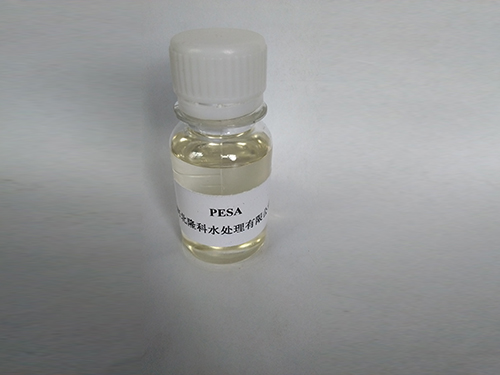Exploring the Diverse Applications of Anionic Polyacrylamide in Various Industries and Environments
The Uses of Anionic Polyacrylamide A Versatile Polymer in Industry
Anionic polyacrylamide (APAM) is a water-soluble polymer that has gained significant attention in various industrial applications due to its unique properties. This synthetic polymer, derived from acrylamide through polymerization, features anionic charge groups that enhance its performance in diverse environments. Its versatility arises from its ability to absorb large amounts of water, forming a gel-like substance that is both stable and effective in multiple contexts.
Water Treatment
One of the primary uses of anionic polyacrylamide is in the water treatment industry. APAM acts as a flocculant, a substance that promotes the agglomeration of particles in water, thereby facilitating the removal of suspended solids and impurities. When introduced to wastewater, APAM binds with organic particles, enhancing sedimentation and making it easier to separate solids from liquid. This application is crucial for municipal wastewater treatment facilities, industrial effluent management, and even in mining operations where water clarity is essential.
Soil Stabilization
In agriculture and construction, anionic polyacrylamide plays a key role in soil stabilization and erosion control. By enhancing the water retention capacity of the soil, APAM helps to prevent erosion caused by wind and water runoff. Its ability to bind soil particles together improves soil structure, making it beneficial for farming practices, particularly in arid regions where moisture retention is vital for crop growth. Farmers often use APAM to increase soil fertility and optimize irrigation efficiency, promoting sustainable agricultural practices.
Enhanced Oil Recovery
anionic polyacrylamide uses

The petroleum industry also benefits from anionic polyacrylamide in the enhanced oil recovery (EOR) process. APAM is used in water flooding techniques, where water is injected into oil reservoirs to push oil towards production wells. The polymer's viscous nature helps maintain water mobility, reduces permeability, and increases oil recovery rates. By optimizing oil extraction, APAM contributes to more efficient and environmentally friendly oil production processes.
Paper and Pulp Industry
The paper and pulp industry utilizes anionic polyacrylamide for its ability to improve filtration, retention, and drainage during the paper manufacturing process. When added to the pulp slurry, APAM enhances the retention of fine fibers and fillers, leading to better sheet formation and improved quality of the final product. This not only enhances production efficiency but also reduces the overall consumption of raw materials and chemical additives.
Mining Operations
In the mining sector, anionic polyacrylamide is used for various processes, including mineral separation and tailings management. The polymer functions as a flocculant, aiding in the sedimentation of minerals and the removal of unwanted particulates from slurry. This application is critical in reducing environmental impact and ensuring that mining operations comply with regulatory standards regarding waste management.
Conclusion
Anionic polyacrylamide is a remarkable polymer that finds application across several industries. From enhancing water treatment processes to stabilizing soils, improving oil recovery, aiding paper production, and supporting mining operations, its versatility and effectiveness are unparalleled. As industries continue to seek sustainable and efficient solutions, APAM is poised to remain a critical component in the development of environmentally friendly technologies. Its role in promoting sustainability, enhancing productivity, and reducing waste emphasizes the importance of anionic polyacrylamide in modern industrial practices.
-
Understanding Polycarboxylic Acids: Properties, Applications, and Future PotentialNewsJul.28,2025
-
Scale Inhibitor Explained: How to Protect Your System from Limescale and Hard Water DamageNewsJul.28,2025
-
Scale and Corrosion Inhibitors: Essential Chemicals for Industrial Water System ProtectionNewsJul.28,2025
-
Polyaspartic Acid: A Biodegradable Polymer for Sustainable ChemistryNewsJul.28,2025
-
Isothiazolinones: A Versatile Antimicrobial Class with Industrial Power and Regulatory ChallengesNewsJul.28,2025
-
A Deep Dive into 2-Phosphonobutane-1,2,4-Tricarboxylic Acid (PBTC)NewsJul.28,2025





